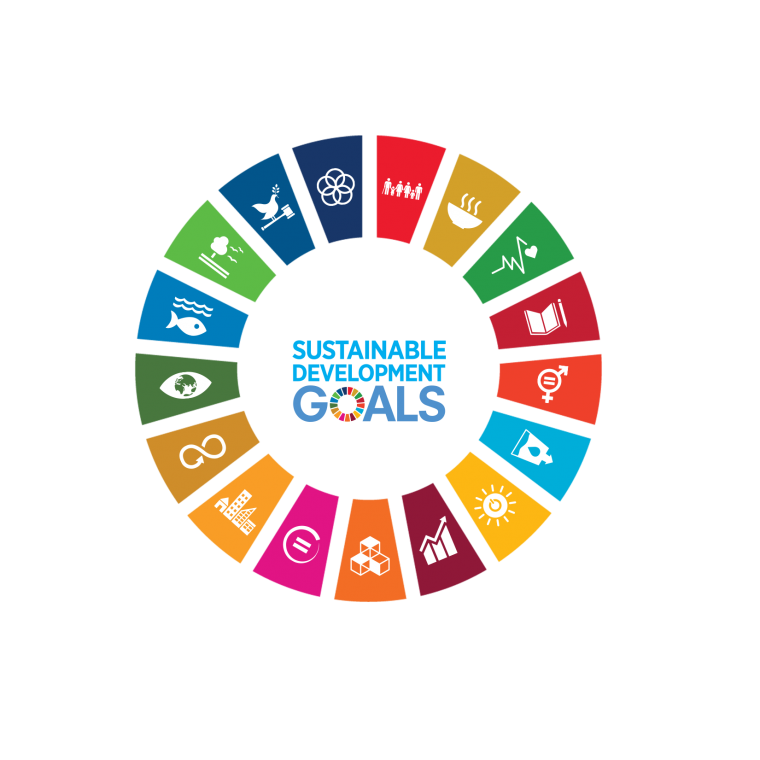Analysis of Causality Interactions Between Education, Inequality, and Unemployment Toward Poverty in East Java: Empirical Evidence from Dynamic Panel Co-integration Model
DOI:
https://doi.org/10.18196/jerss.v6i1.13568Keywords:
Education, Inequality, Unemployment, Poverty, Granger CausalityAbstract
The issue of poverty has been faced for a long time. In Indonesia today, East Java is the most significant contributor to the poor people. With various policies that the government has implemented, the issue of poverty remains unsolved. This study, therefore, discusses the causality relationship between education, inequality, and unemployment toward poverty in East Java. Using secondary data from the Central Statistics Agency of Indonesia (BPS), we estimated dynamic panel data of cities and regencies in East Java from 2012 to 2017. Employing the Granger causality approach, it was found that education has a one-way relationship with inequality and a two-way relationship with unemployment. In addition, poverty has a one-way relationship with all the variables used. In the long term, education has a negative correlation with poverty. According to our findings, both the government and the private sector need to expand more job opportunities and improve education for the poor as both sectors significantly reduce poverty in the long term.
References
Adams, R. H. (2004). Economic growth, inequality, and poverty: Estimating the growth elasticity of poverty. World Development, 32(12), 1989–2014. https://doi.org/10.1016/j.worlddev.2004.08.006
Agénor, P. (2004). Unemployment-Poverty Trade-Offs. Policy Research. Working Paper; No.3297. World Bank, Washington, D.C. Retrieved from https://openknowledge.worldbank.org/handle/10986/14028
Aigbokhan, B.E. (2000) Poverty, Growth, and Inequality in Nigeria: A Case Study. AERC Research Paper 102, African Economic Research Consortium, Nairobi.
Awan, M. S., Malik, N., Sarwar, H., & Waqas, M. (2011). Impact of education on poverty reduction. International Journal of Academic Research, 3(1), 659-664. Retrieved from https://mpra.ub.uni-muenchen.de/31826/
Beteille, A. (2003). Poverty and Inequality. Economic and Political Weekly, 38(42), 4455–4463. Retrieved from http://www.jstor.org/stable/4414161
Bourguignon, F. (2003). The Growth Elasticity of Poverty Reduction: Explaining Heterogeneity across Countries and Time Periods. Working Paper. World Bank, Washington, DC.
Bramley, G., & Karley, N. K. (2007). Homeownership, Poverty and Educational Achievement: School Effects as Neighbourhood Effects. Housing Studies, 22(5), 693–721. https://doi.org/10.1080/02673030701474644
Datzberger, S. (2018). Why education is not helping the poor. Findings from Uganda. World Development, 110(2018), 124–139. https://doi.org/10.1016/j.worlddev.2018.05.022
Dewi, Y. A., & Rachmawatie, D. (2020). Poverty Analysis and Inequality Distribution in Yogyakarta Special Region. Journal of Economics Research and Social Sciences, 4(1), 59-64. https://doi.org/10.18196/jerss.040119
Hacker, R. S., & Hatemi-J, A. (2006). Tests for causality between integrated variables using asymptotic and bootstrap distributions: theory and application. Applied Economics, 38(13), 1489–1500. https://doi.org/10.1080/00036840500405763
Mincer, J. (1991). Education and Unemployment. NBER Working Paper. https://doi.org/10.3386/w3838
Mohammad, U. F., & David, J. (2019). The Relationship between Poverty and Unemployment in Niger State. Signifikan: Jurnal Ilmu Ekonomi, 8(1), 71–78. https://doi.org/10.15408/sjie.v8i1.6725
Morsy, H. (2011). Unemployed in Europe: The most vulnerable Europeans were also the most susceptible to losing their jobs, which exacerbated inequality in the region, Finance & Development, 0048(003), A007. Retrieved from https://www.elibrary.imf.org/view/journals/022/0048/003/article-A007-en.xml
Nguyen, H. N., Le, Q. H., & Nguyen, T. T. C. (2020). The linkages between growth, poverty and inequality in Vietnam: An empirical analysis. Accounting, 177–184. https://doi.org/10.5267/j.ac.2019.10.005
Ogbeide, E. N. O., & Agu, D. O. (2015). Poverty and Income Inequality in Nigeria: Any Causality? Asian Economic and Financial Review, 5(3), 439–452. https://doi.org/10.18488/journal.aefr/2015.5.3/102.3.439.452
Statistics Indonesia (BPS). (2018). The proportion of people living below the international poverty line (1.90 USD per day), 1990-2016. Retrieved from https://www.bps.go.id/dynamictable/2018/08/07/1549/proporsi-penduduk-yang-hidup-di-bawah-garis-kemiskinan-internasional-1-90-usd-per-hari-1990-2016.html
Statistics Indonesia (BPS). (2019a). Number of Poor People by Province, 2007-2020. Retrieved from https://www.bps.go.id/dynamictable/2016/01/18/1119/jumlah-penduduk-miskin-menurut-provinsi-2007-2019.html
Statistics Indonesia (BPS). (2019b). Percentage of Poor People 2007 - 2020. Retrieved from https://www.bps.go.id/dynamictable/2016/08/18/1219/persentase-penduduk-miskin-menurut-provinsi-2007---2019.html
Stiglitz, J. E. (1973). Education and Inequality. The ANNALS of the American Academy of Political and Social Science, 409(1), 135–145. https://doi.org/10.1177/000271627340900115
Suryahadi, A., Raya, U., Marbun, D. & Yumna, A. (2011). 4 Accelerating Poverty and Vulnerability Reduction: Trends, Opportunities and Constraints. In C. Manning & S. Sumarto (Ed.), Employment, Living Standards and Poverty in Contemporary Indonesia, 68-89. Singapore: ISEAS Publishing. https://doi.org/10.1355/9789814345132-009
Downloads
Published
How to Cite
Issue
Section
License
License
You are free to:
- Share — copy and redistribute the material in any medium or format.
- Adapt — remix, transform, and build upon the material for any purpose, even commercially.
The licensor cannot revoke these freedoms as long as you follow the license terms.
Under the following terms:
- Attribution — You must give appropriate credit, provide a link to the license, and indicate if changes were made. You may do so in any reasonable manner, but not in any way that suggests the licensor endorses you or your use.
- ShareAlike — If you remix, transform, or build upon the material, you must distribute your contributions under the same license as the original.
- No additional restrictions — You may not apply legal terms or technological measures that legally restrict others from doing anything the license permits.

This work is licensed under a Creative Commons Attribution-ShareAlike 4.0 International License.

